 This latest CD from the duo of Luke Tandy and Shane Church has all the hallmarks of an old school harsh noise record. With an instrument list consisting only of tapes and pedals, and right up front the obvious use of clattering junk and buzzing instrument cables, I thought it was going to be a mid 90s throwback blowout of distortion. Encased in Marble/Wrapped in Roots is, however, more of an understated work. That rough-hewn production and use of overdriven sound is certainly there, but Tandy and Church deliberate in their use of dynamics and space, giving a perfect sense of tension throughout.
This latest CD from the duo of Luke Tandy and Shane Church has all the hallmarks of an old school harsh noise record. With an instrument list consisting only of tapes and pedals, and right up front the obvious use of clattering junk and buzzing instrument cables, I thought it was going to be a mid 90s throwback blowout of distortion. Encased in Marble/Wrapped in Roots is, however, more of an understated work. That rough-hewn production and use of overdriven sound is certainly there, but Tandy and Church deliberate in their use of dynamics and space, giving a perfect sense of tension throughout.
On "Mind as Stone and Water," the duo use an almost musical phrase looped throughout, covered with layers of lo-fi analog crunch. "Message Infinite" may not have as much in the way of pseudo-melody, but does approximate rhythm via stabbing bursts of static. With a hollow metal hum giving a slightly dark ambient feel to the piece, it is understated and a bit too brief overall. There is also a rhythmic clicking throughout the closing "Clenching Sand," presented alongside windstorm noises and low end rumble. The piece is structurally tight overall, with some looseness towards its conclusion in the form of bent tape passages.
Harness never fully abandon their harsher roots, however. "Replaced Broken Relic" is constructed on a bed of pummeling, overdriven layers with clattering spring reverb tank abuse and wobbling, unstable sounds on top. There is a bit of rhythm via loops, but overall it is a lot of crunching texture punctuated with just the right amount of breathing room. With an opening that sounds almost like a distant chainsaw, "Traveling Along the Knife's Edge" ends up resembling an entire orchestra of power tools. Easily the harshest work here, it eventually relents to a space of heavy sub bass and reverberated clattering, resulting in a conclusion that less harsh, but certainly more unsettling.
One of the most fascinating aspects of Encased in Marble is how Tandy and Church use deliberately lo-fi sounds and production, but in such a way that it adds a massive sense of textural depth and complexity to the sound. The distortion and maximized, but clipped volumes give a brilliant added variety to the sound that, even at its harshest moments, seems carefully nuanced. That depth, and an overall structural dynamic of tension and release, results in an amazingly gripping album that hits all of the notes a good noise album should.
Samples can be found here.


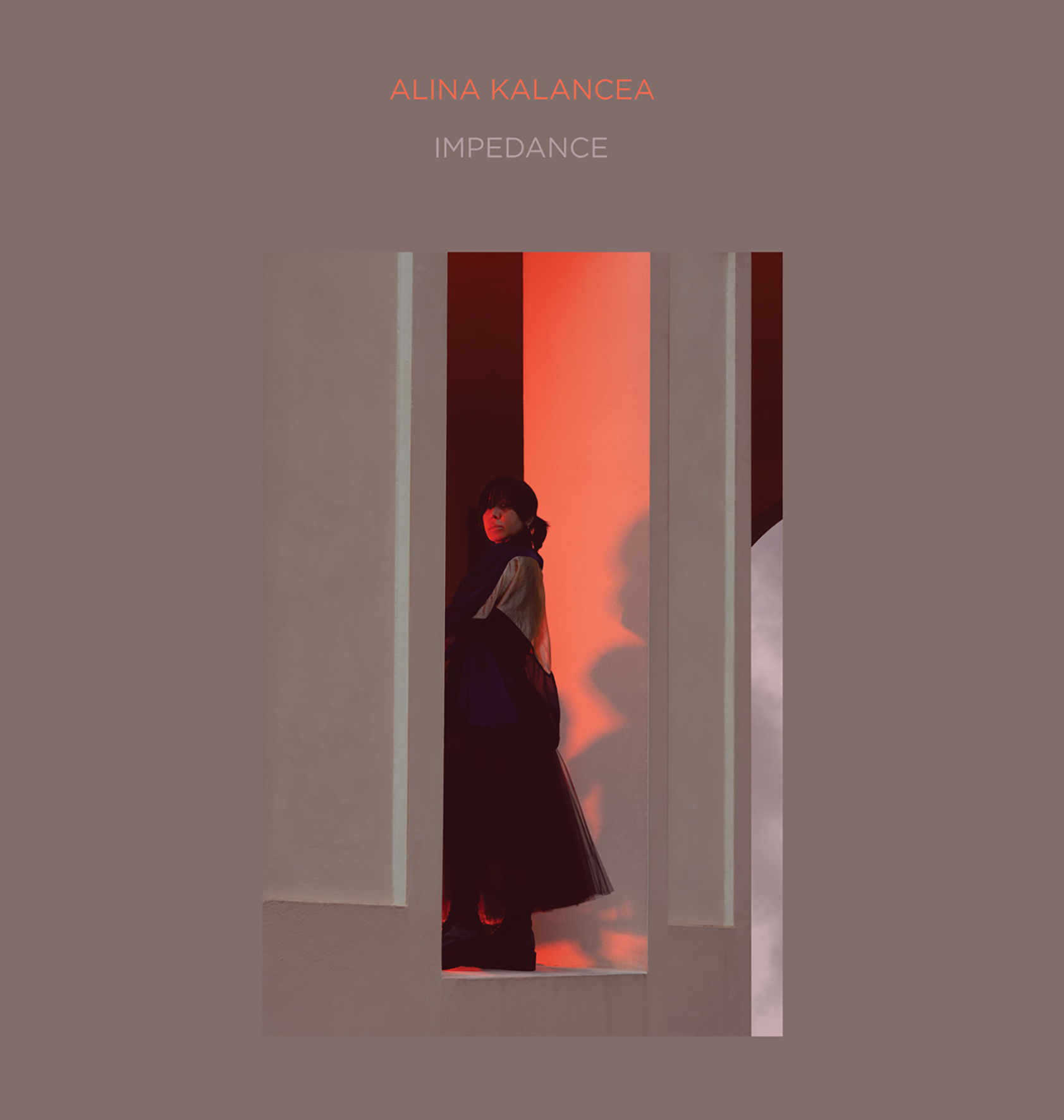
 The name Terry Gross brings to mind the NPR host. This Terry Gross is comprised of music industry veterans guitarist Phil Manley (Trans Am, the Fucking Champs, Life Coach), bassist Donny Newenhouse (Film School, Hot Fog, Buffalo Tooth), and drummer Phil Becker (Pins of Light, ex-Triclops! and Lower Forty-Eight). Where the radio host provides content with an impossibly calm demeanor, the musical trio present three heavy and kinetic tracks that serve up pulsating motorik rhythms, heavy sludge, driving bass, and intense guitars served up at mesmerizing cosmic volumes — all the while, pulling us listeners in with a constant array of melodic hooks.
The name Terry Gross brings to mind the NPR host. This Terry Gross is comprised of music industry veterans guitarist Phil Manley (Trans Am, the Fucking Champs, Life Coach), bassist Donny Newenhouse (Film School, Hot Fog, Buffalo Tooth), and drummer Phil Becker (Pins of Light, ex-Triclops! and Lower Forty-Eight). Where the radio host provides content with an impossibly calm demeanor, the musical trio present three heavy and kinetic tracks that serve up pulsating motorik rhythms, heavy sludge, driving bass, and intense guitars served up at mesmerizing cosmic volumes — all the while, pulling us listeners in with a constant array of melodic hooks.


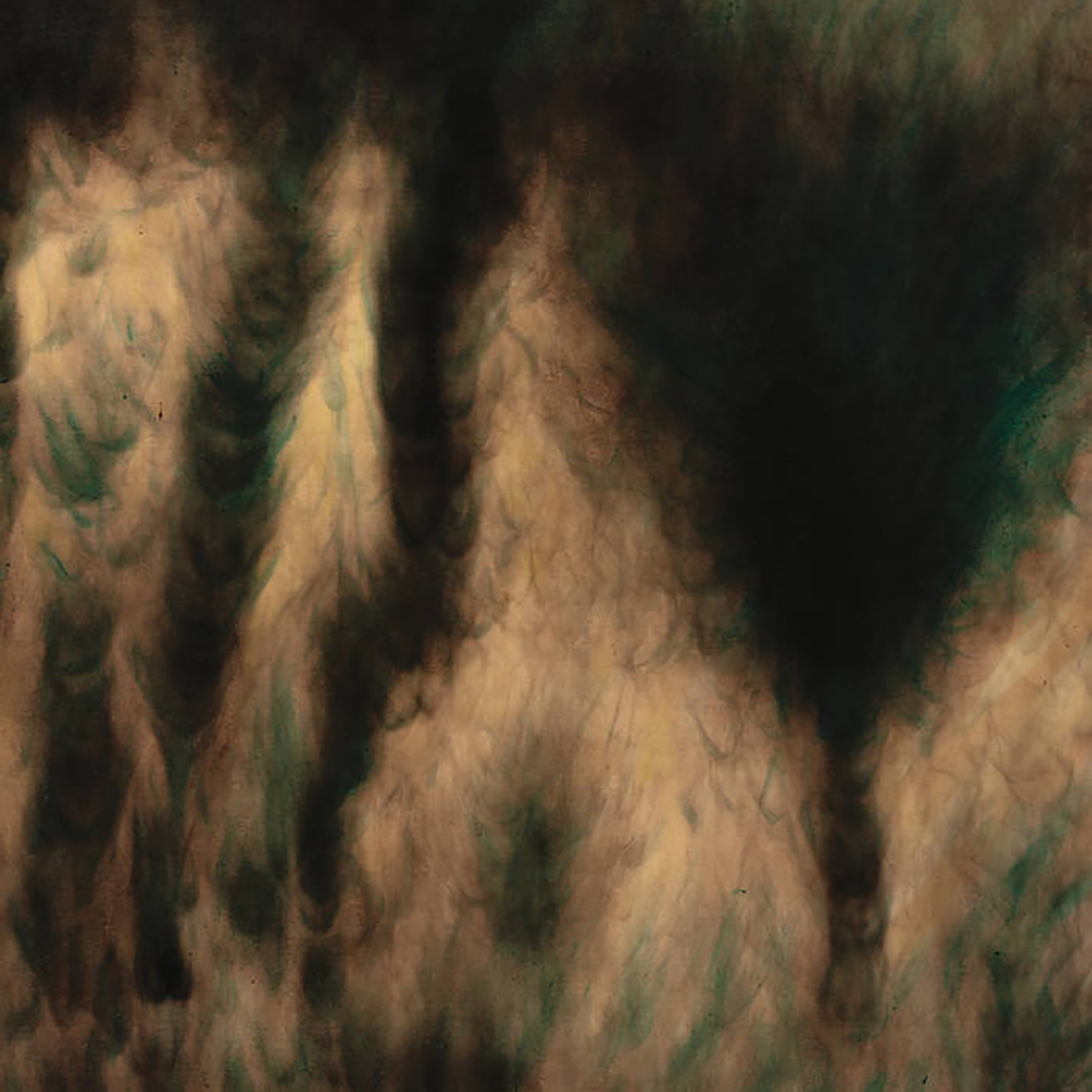
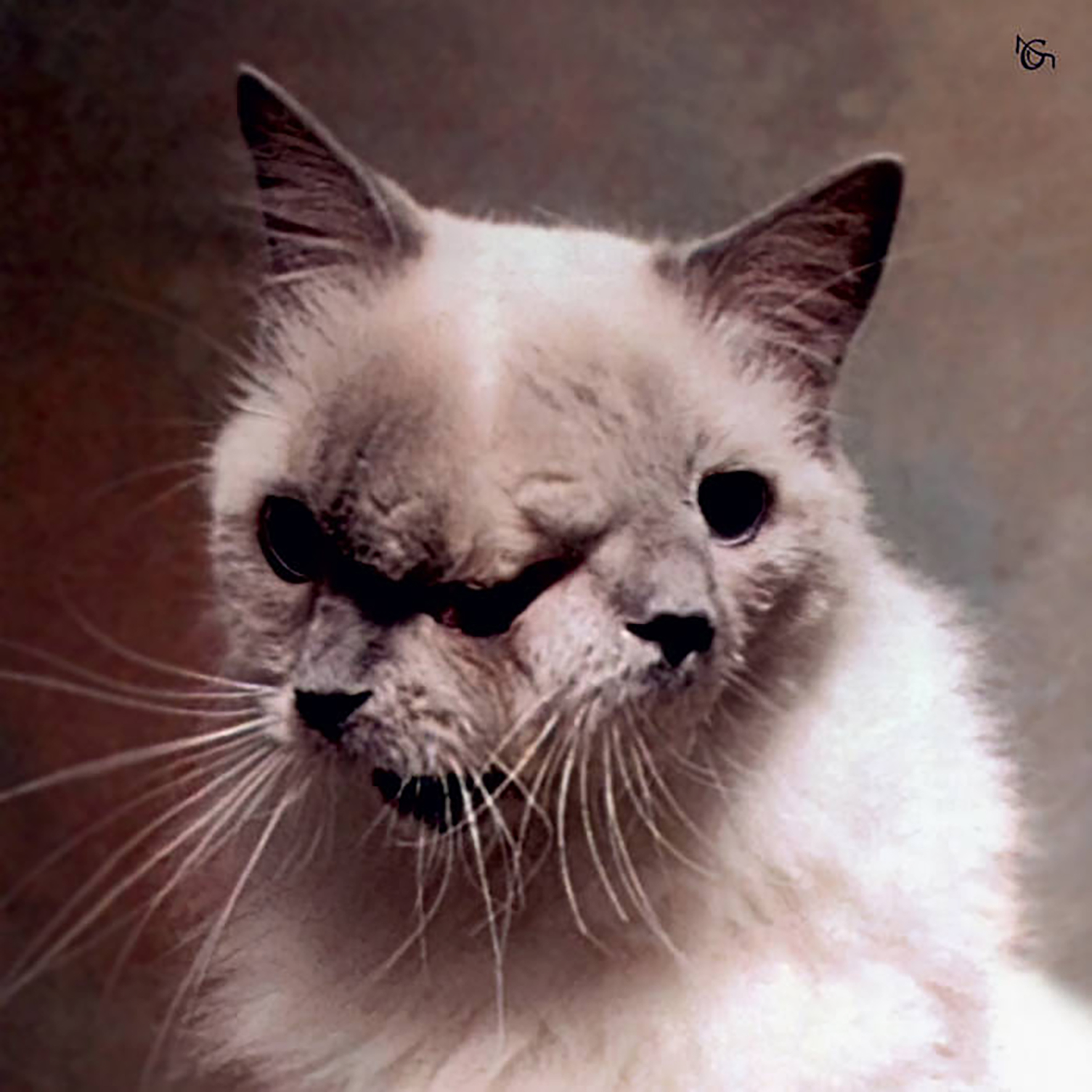
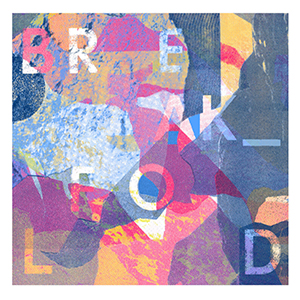 With three albums in as break_fold, Tim Hann’s approach to complex, yet catchy electronic music has become even more diversified. Sure, the dense production and processing alongside heavy programmed rhythms can be found throughout these eight compositions, but there seems to be an expansion to the ambient elements of his work, balancing the more aggressive and commanding moments adeptly with space and mood.
With three albums in as break_fold, Tim Hann’s approach to complex, yet catchy electronic music has become even more diversified. Sure, the dense production and processing alongside heavy programmed rhythms can be found throughout these eight compositions, but there seems to be an expansion to the ambient elements of his work, balancing the more aggressive and commanding moments adeptly with space and mood.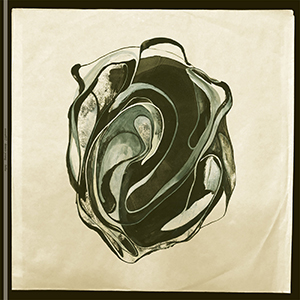 Compared to the funk tinged sound of the seminal Liquid Liquid, founding member Dennis Young’s solo trajectory has been notably different in sound, and extremely difficult to compartmentalize. While some of his previous works have continued the use of rhythm and percussion, Bella is a substantially different beast from start to finish. There are no beats or loops or even electronic instrumentation here, it is entirely a work of solo guitar excursions that feature enough pedal usage to give it variety, but never losing focus on the instrument at hand.
Compared to the funk tinged sound of the seminal Liquid Liquid, founding member Dennis Young’s solo trajectory has been notably different in sound, and extremely difficult to compartmentalize. While some of his previous works have continued the use of rhythm and percussion, Bella is a substantially different beast from start to finish. There are no beats or loops or even electronic instrumentation here, it is entirely a work of solo guitar excursions that feature enough pedal usage to give it variety, but never losing focus on the instrument at hand. COVID-19 has torn people apart and brutally impacted lives. Having lost his father to the disease in April, Apart is Scott’s musical release of his grief entwined with the natural tumult of a much-loved nature preserve spent traversing in youth with his father. These protected wetlands house species that are slowly disappearing, comprising a distinct sonic environment that changes with its inhabitants’ demise. By capturing his current environment as part of his grieving process, Scott harnessed his awareness of temporality in all things as a musical expression to allow him to heal. Scott captures ten representations of this ephemeral world through field recordings centered around a piano, with electronic treatment to achieve an expressive and emotional musical ride.
COVID-19 has torn people apart and brutally impacted lives. Having lost his father to the disease in April, Apart is Scott’s musical release of his grief entwined with the natural tumult of a much-loved nature preserve spent traversing in youth with his father. These protected wetlands house species that are slowly disappearing, comprising a distinct sonic environment that changes with its inhabitants’ demise. By capturing his current environment as part of his grieving process, Scott harnessed his awareness of temporality in all things as a musical expression to allow him to heal. Scott captures ten representations of this ephemeral world through field recordings centered around a piano, with electronic treatment to achieve an expressive and emotional musical ride.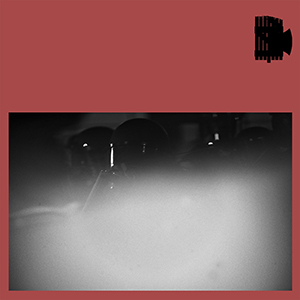 With obviously no dearth of source material or motivation, Locrian and The Holy Circle’s Terence Hannum has released a third album this year as his solo anti-fascist power electronics guise Axebreaker. Dense with rage, frustration, and noise, They Wear the Mask and Their Face Grows to Fit It does not stray drastically far from his previous albums, but continues his growing legacy of anger and nuanced aggressive electronic arrangements. A combination of catharsis and complexity, Hannum's work is as conceptually narrative as it is purely visceral.
With obviously no dearth of source material or motivation, Locrian and The Holy Circle’s Terence Hannum has released a third album this year as his solo anti-fascist power electronics guise Axebreaker. Dense with rage, frustration, and noise, They Wear the Mask and Their Face Grows to Fit It does not stray drastically far from his previous albums, but continues his growing legacy of anger and nuanced aggressive electronic arrangements. A combination of catharsis and complexity, Hannum's work is as conceptually narrative as it is purely visceral. Homelessness is driven by many things, but it has one thing in common: everyone who is afflicted is human. With this recognition comes both a feeling of cold reality and an expectation of change. The latest from Portland’s Soft Kill—a city that has one of the highest homeless populations in the United States—was forged through their personal encounters with the youngest "lost" denizens of the city. Dead Kids, R.I.P. City lays out stark, confronting tales of addiction, bravery in abandonment, and hope amongst loneliness through luminous soundscapes and lingering melodies. What followed is their most complex yet accessible release yet, a richly human and mournful album from a band already associated with melancholy.
Homelessness is driven by many things, but it has one thing in common: everyone who is afflicted is human. With this recognition comes both a feeling of cold reality and an expectation of change. The latest from Portland’s Soft Kill—a city that has one of the highest homeless populations in the United States—was forged through their personal encounters with the youngest "lost" denizens of the city. Dead Kids, R.I.P. City lays out stark, confronting tales of addiction, bravery in abandonment, and hope amongst loneliness through luminous soundscapes and lingering melodies. What followed is their most complex yet accessible release yet, a richly human and mournful album from a band already associated with melancholy.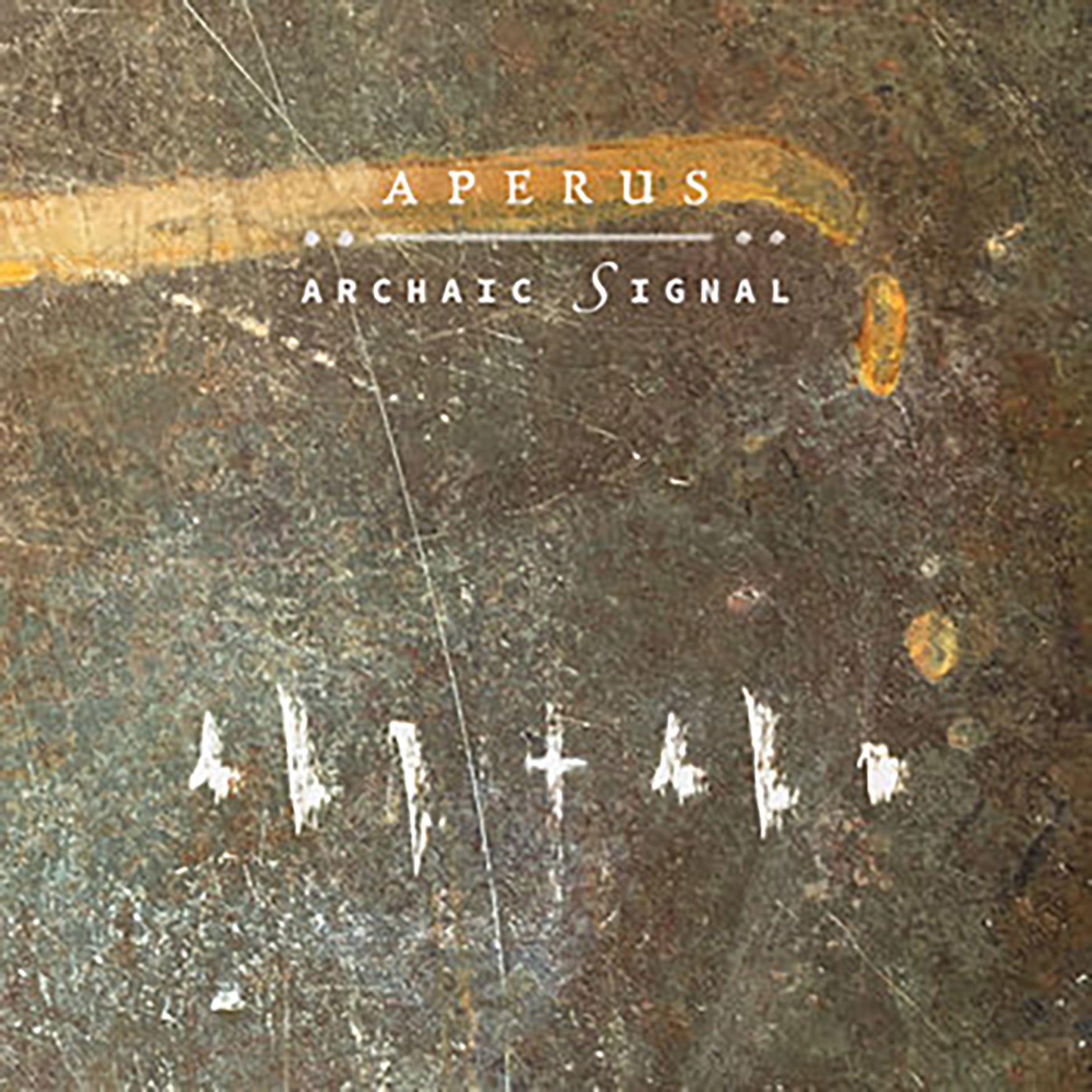 Even though I should absolutely know better, I have spent plenty of time and money over the years trying to find new artists that scratch roughly the same itch that several of my favorites did in their prime. In my heart, I know that no one will ever be able to replicate the magic of classic Dead Can Dance or Zoviet France or whoever, but that certainly does not stop me from endlessly disappointing myself with my doomed and stupid quest. Sometimes, however, I am drawn towards an album due to its surface resemblance to something familiar only to discover that the artist shot right past the target nostalgia zone to achieve something that is unique and wonderful in its own right. That is the case with this latest release from Brian McWilliams' long-running Aperus project, which calls to both the "sci-fi tribal" aesthetic of classic Zoviet France/Rapoon and the desert/ethno-ambient side of Projekt's late ‘90s heyday (Steve Roach, et al.). As far as I am concerned, that is an absolutely wonderful stylistic niche to stake out, but McWilliams' execution is what elevates Archaic Signal into something truly special. Rather than simply recalling the iconic figures who birthed a milieu that I love, this album reveals that those original visions have evolved into a compelling new phase with some visionary architects of its own.
Even though I should absolutely know better, I have spent plenty of time and money over the years trying to find new artists that scratch roughly the same itch that several of my favorites did in their prime. In my heart, I know that no one will ever be able to replicate the magic of classic Dead Can Dance or Zoviet France or whoever, but that certainly does not stop me from endlessly disappointing myself with my doomed and stupid quest. Sometimes, however, I am drawn towards an album due to its surface resemblance to something familiar only to discover that the artist shot right past the target nostalgia zone to achieve something that is unique and wonderful in its own right. That is the case with this latest release from Brian McWilliams' long-running Aperus project, which calls to both the "sci-fi tribal" aesthetic of classic Zoviet France/Rapoon and the desert/ethno-ambient side of Projekt's late ‘90s heyday (Steve Roach, et al.). As far as I am concerned, that is an absolutely wonderful stylistic niche to stake out, but McWilliams' execution is what elevates Archaic Signal into something truly special. Rather than simply recalling the iconic figures who birthed a milieu that I love, this album reveals that those original visions have evolved into a compelling new phase with some visionary architects of its own.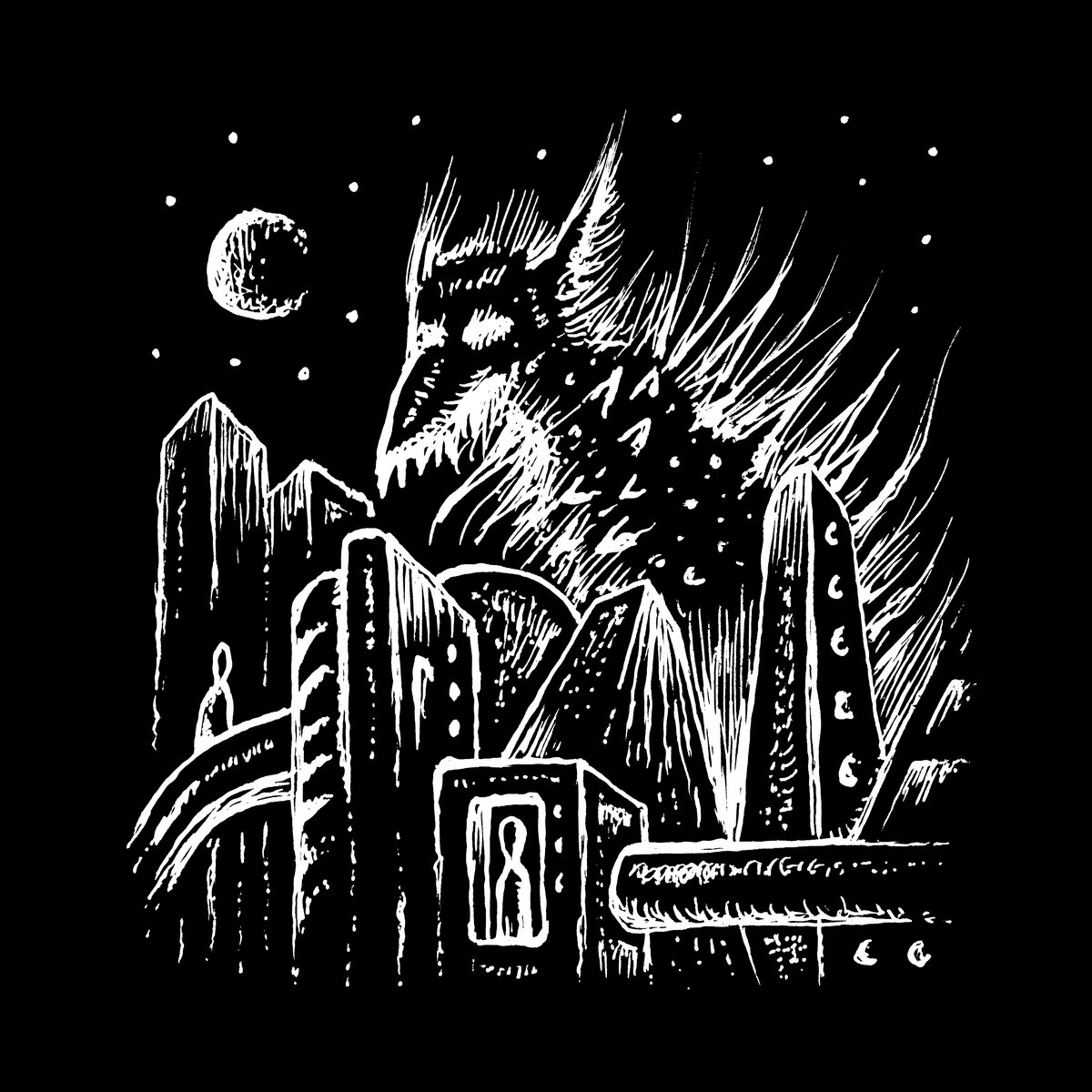 Montreal-based guitarist and designer Eric Quach (Thisquietarmy, Hypnodrone Ensemble, Destroyalldreamers, others) teams up with drummer and artist Michel « Away » Langevin of progressive sci-fi metal legends Voïvod. That these two world-traveling Canadians crossed paths is tremendously fortunate. The Singularity, Phase I blends the immersive rhythms of Langevin superimposed on the myriad techniques of guitar master Quach, crossing musical genres to create a hypnotic and thrilling tribal experience. The expert ear of Quach, the practiced hands of Langevin and the combined musical knowledge of the duo bring to life a fruitful mind-bending soundscape of heavy motorik rhythms, prolonged drones, futuristic sound effects and frenetic improvised jams.
Montreal-based guitarist and designer Eric Quach (Thisquietarmy, Hypnodrone Ensemble, Destroyalldreamers, others) teams up with drummer and artist Michel « Away » Langevin of progressive sci-fi metal legends Voïvod. That these two world-traveling Canadians crossed paths is tremendously fortunate. The Singularity, Phase I blends the immersive rhythms of Langevin superimposed on the myriad techniques of guitar master Quach, crossing musical genres to create a hypnotic and thrilling tribal experience. The expert ear of Quach, the practiced hands of Langevin and the combined musical knowledge of the duo bring to life a fruitful mind-bending soundscape of heavy motorik rhythms, prolonged drones, futuristic sound effects and frenetic improvised jams.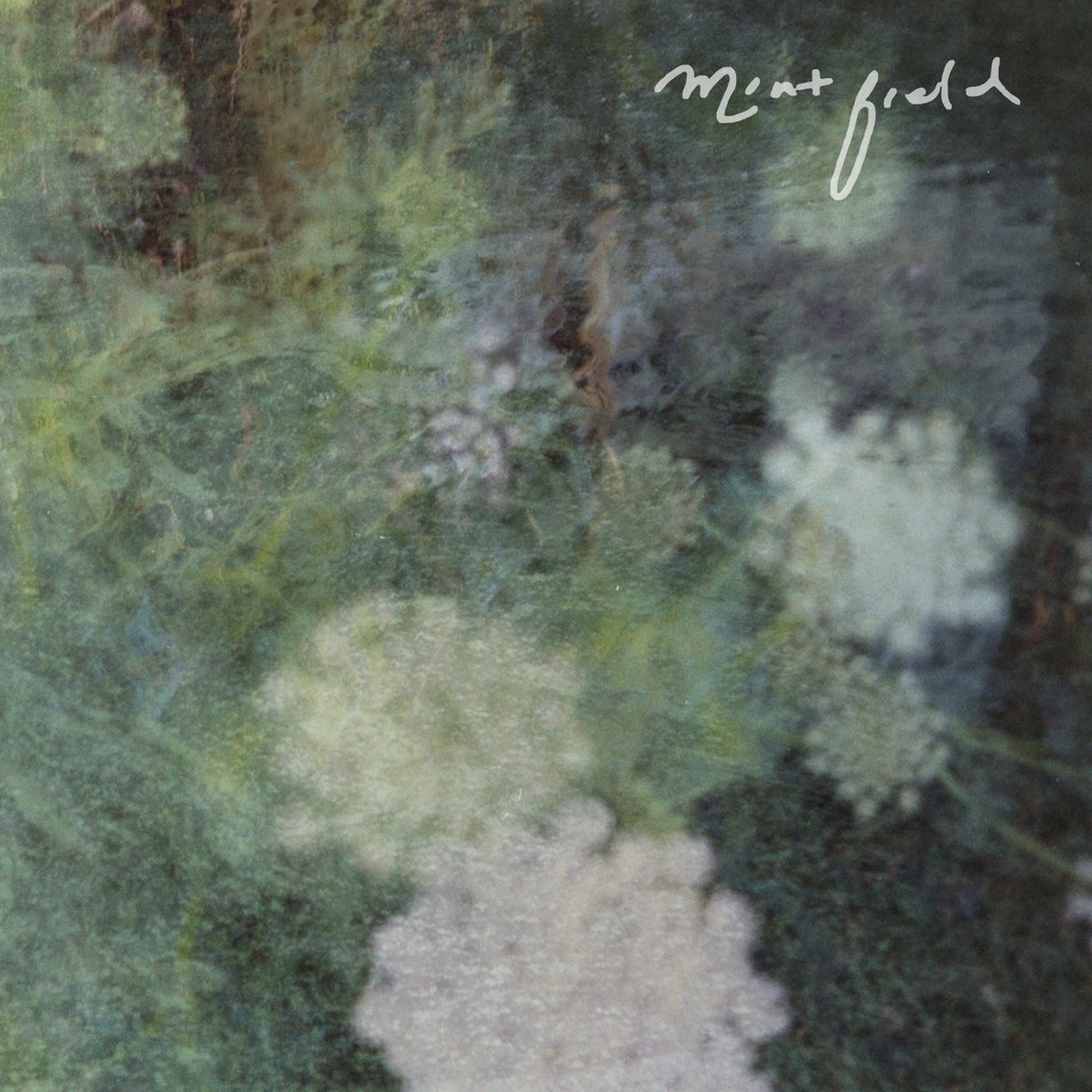 The latest from Mexico City’s Mint Field brings members of Ulrika Spacek on board. The album achieves a gentle balance between fever and dream that shows growth over the predecessor’s fuzzed-out psychedelia. Sentimiento Mundial allures with wistful, airy melodies that touch on multiple genres, working in moments of their usual dark subterfuge.
The latest from Mexico City’s Mint Field brings members of Ulrika Spacek on board. The album achieves a gentle balance between fever and dream that shows growth over the predecessor’s fuzzed-out psychedelia. Sentimiento Mundial allures with wistful, airy melodies that touch on multiple genres, working in moments of their usual dark subterfuge.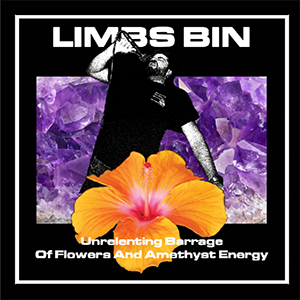 As the favorite son of the Berkshires region of Western Massachusetts, Josh Landes's Limbs Bin has been a consistently impressive amalgamation of full auto drum machines and harsh electronics. Unrelenting Barrage of Flowers and Amethyst Energy consists of two rather brief live sets recorded last year, the first at the Dayton Noise Symposium II in Ohio, the second at Mass Grind Violence in Providence, Rhode Island. Recorded three months apart, the vibe is certainly different from one show to the other, but both are consistently brilliant.
As the favorite son of the Berkshires region of Western Massachusetts, Josh Landes's Limbs Bin has been a consistently impressive amalgamation of full auto drum machines and harsh electronics. Unrelenting Barrage of Flowers and Amethyst Energy consists of two rather brief live sets recorded last year, the first at the Dayton Noise Symposium II in Ohio, the second at Mass Grind Violence in Providence, Rhode Island. Recorded three months apart, the vibe is certainly different from one show to the other, but both are consistently brilliant.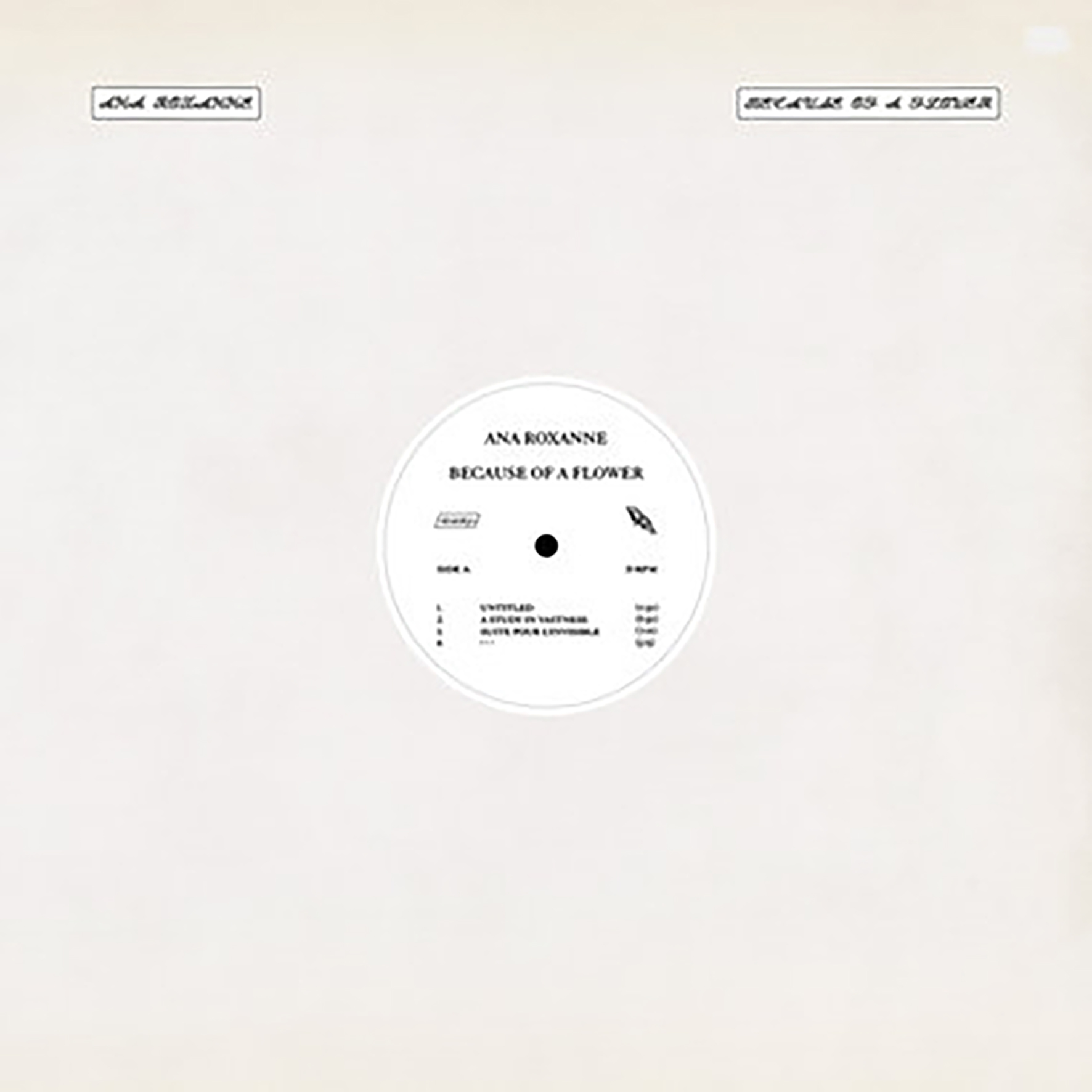 Ana Roxanne's cryptically titled debut mini-LP was one of 2019's most pleasant surprises, as she masterfully wielded a minimal palette of hazy vocals, subtle instrumentation, and field recordings to construct a suite of songs that felt both remarkably intimate and completely untethered to conventional structure or contemporary trends. In fact, I suspect I could have been easily convinced that ~~~ was a highly coveted private press obscurity from the early '80s. This latest release (her first for Kranky) takes a somewhat different direction in some ways, but thankfully remains every bit as beguiling as its predecessor: the field recordings may be less prominent and Roxanne's previous impressionistic, amorphous structures have been largely replaced with more conventional shapes, yet the hooks are now stronger and the songs more memorable. That feels like a perfectly acceptable trade-off in my book. While I am historically dismayed when artists that that I enjoy move further away from the idiosyncrasies that made their early work so special, Roxanne proves herself to be the rare exception to that trend, as the best moments of Because of a Flower take the warmth and melodicism of ~~~ to some truly beautiful new heights.
Ana Roxanne's cryptically titled debut mini-LP was one of 2019's most pleasant surprises, as she masterfully wielded a minimal palette of hazy vocals, subtle instrumentation, and field recordings to construct a suite of songs that felt both remarkably intimate and completely untethered to conventional structure or contemporary trends. In fact, I suspect I could have been easily convinced that ~~~ was a highly coveted private press obscurity from the early '80s. This latest release (her first for Kranky) takes a somewhat different direction in some ways, but thankfully remains every bit as beguiling as its predecessor: the field recordings may be less prominent and Roxanne's previous impressionistic, amorphous structures have been largely replaced with more conventional shapes, yet the hooks are now stronger and the songs more memorable. That feels like a perfectly acceptable trade-off in my book. While I am historically dismayed when artists that that I enjoy move further away from the idiosyncrasies that made their early work so special, Roxanne proves herself to be the rare exception to that trend, as the best moments of Because of a Flower take the warmth and melodicism of ~~~ to some truly beautiful new heights.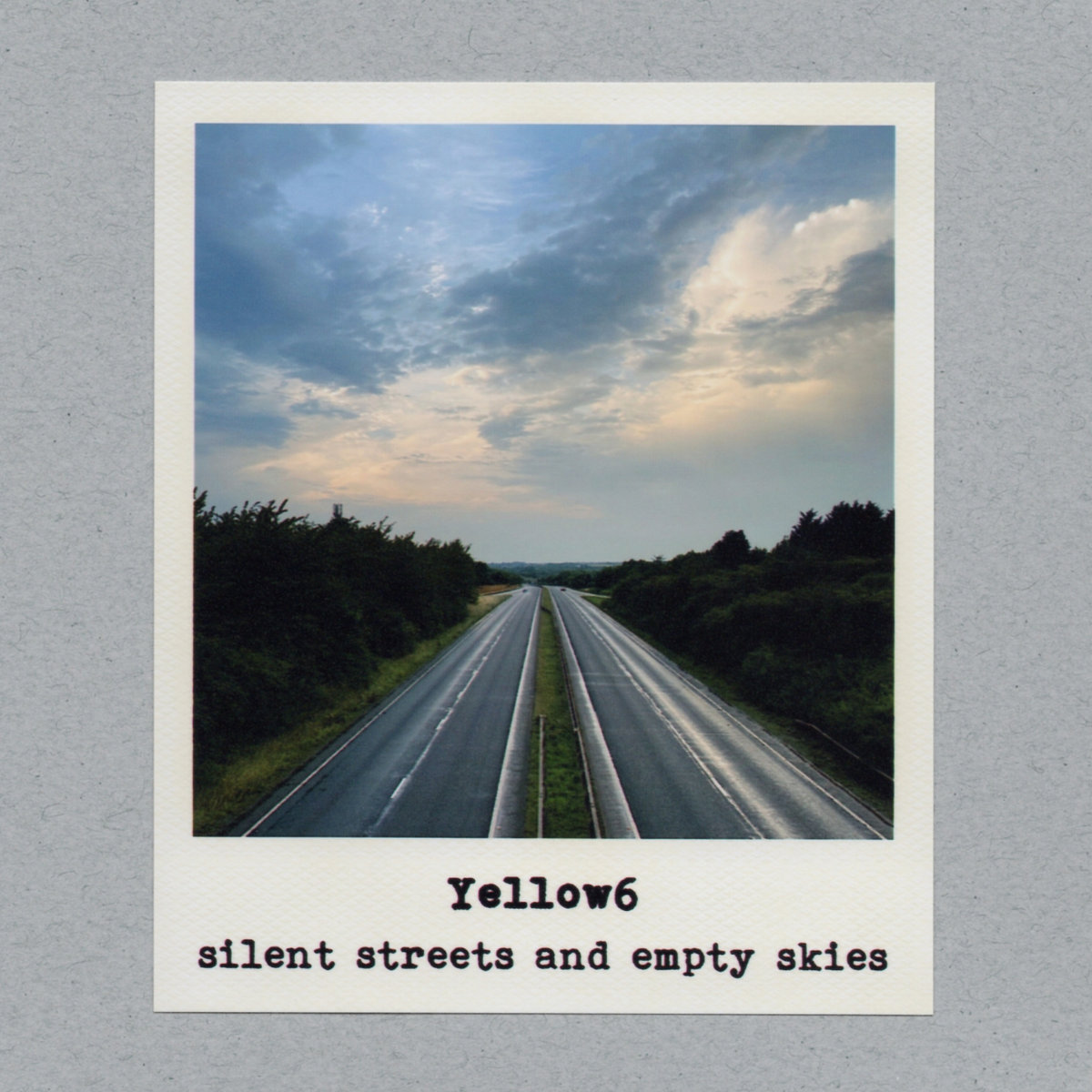 Yellow6, the solo project of British guitarist Jon Attwood, first came to my attention through his collaboration with Thisquietarmy for the 2011 album "Death Valley," but Attwood himself has been active in since 2000. Recorded between April and June of 2020 during the COVID-19 pandemic lockdown, the title of his latest is an indicator of the eerie lack of traffic, people in the streets, and vapor trails from air traffic from a neighboring airport. The fresh time to reflect and social distance—along with the purchase a new guitar—inspired Attwood to create nine pieces of beautifully layered electric guitar and effects that instill calm, to be enjoyed as ambient background music or appreciated for the guitar craft. 
Yellow6, the solo project of British guitarist Jon Attwood, first came to my attention through his collaboration with Thisquietarmy for the 2011 album "Death Valley," but Attwood himself has been active in since 2000. Recorded between April and June of 2020 during the COVID-19 pandemic lockdown, the title of his latest is an indicator of the eerie lack of traffic, people in the streets, and vapor trails from air traffic from a neighboring airport. The fresh time to reflect and social distance—along with the purchase a new guitar—inspired Attwood to create nine pieces of beautifully layered electric guitar and effects that instill calm, to be enjoyed as ambient background music or appreciated for the guitar craft. 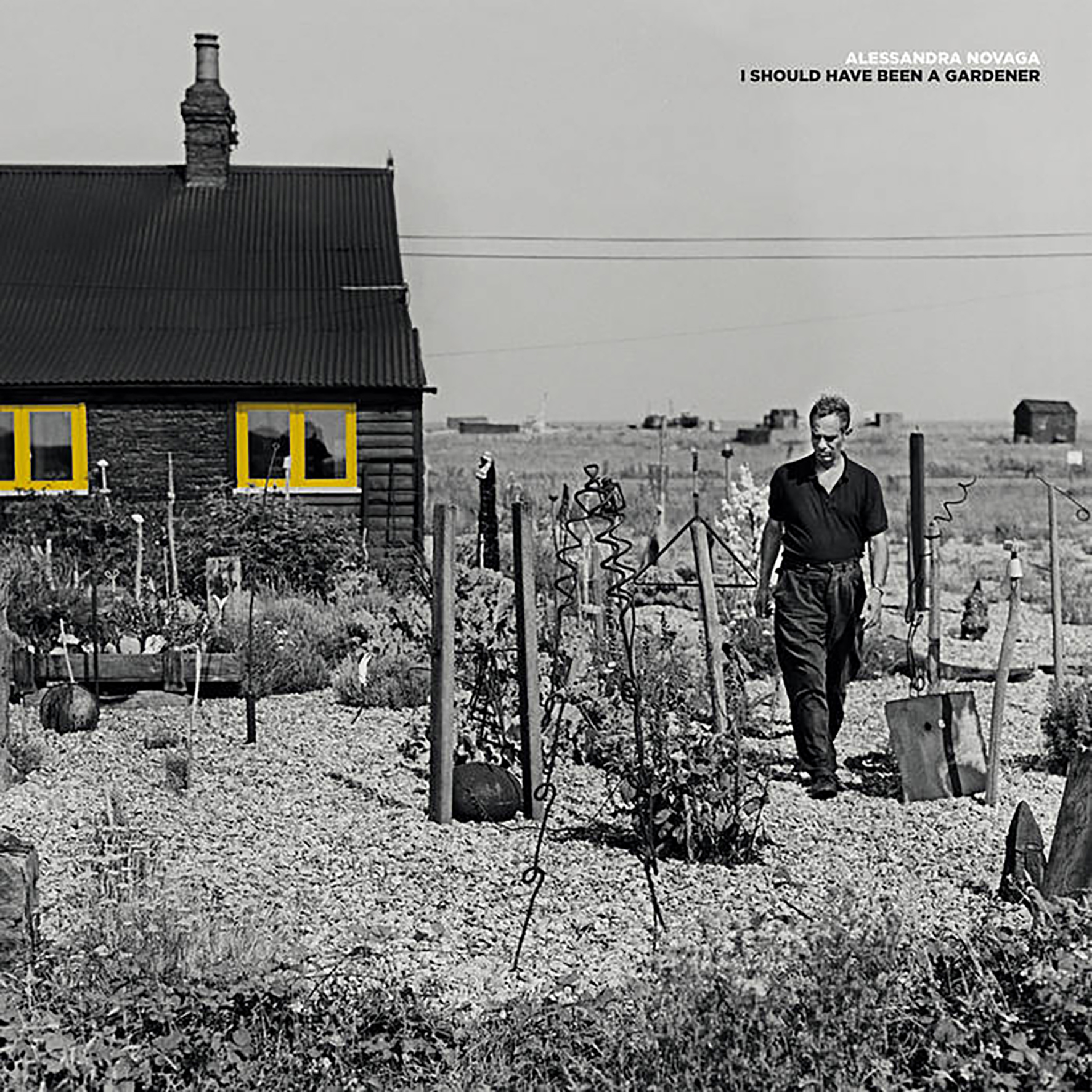 New albums from Die Schachtel do not surface very often these days, but just about everything they choose to release is at least enticingly unusual. That trend happily continues with this latest album from Milanese guitarist Alessandra Novaga, who follows her 2017 homage to Rainer Werner Fassbinder with this tribute to yet another iconic cinematic auteur in Derek Jarman. As someone currently obsessing over Andrei Tarkovsky's writings about art, I can say that Novaga is a definite kindred spirit, as I Should Have Been A Gardener obliquely celebrates Jarman himself rather than presenting itself as an imagined soundtrack for any specific film. In fact, I actually wish it was a bit less oblique, as the album only reaches its most memorable heights on the final piece when Novaga’s slow-moving and sublime guitar work is entwined with an old interview with Jarman himself. While that surprise posthumous cameo is certainly welcome, it is not necessarily his presence that elevates that piece into something more transcendent—it is more that Novaga's lovely and understated playing is most effective when it interacts with other textural layers. Almost the entire album is a modest, quiet pleasure though, which I suppose is entirely befitting for a tribute to a man who would have cheerfully devoted his life entirely to gardening under different circumstances.
New albums from Die Schachtel do not surface very often these days, but just about everything they choose to release is at least enticingly unusual. That trend happily continues with this latest album from Milanese guitarist Alessandra Novaga, who follows her 2017 homage to Rainer Werner Fassbinder with this tribute to yet another iconic cinematic auteur in Derek Jarman. As someone currently obsessing over Andrei Tarkovsky's writings about art, I can say that Novaga is a definite kindred spirit, as I Should Have Been A Gardener obliquely celebrates Jarman himself rather than presenting itself as an imagined soundtrack for any specific film. In fact, I actually wish it was a bit less oblique, as the album only reaches its most memorable heights on the final piece when Novaga’s slow-moving and sublime guitar work is entwined with an old interview with Jarman himself. While that surprise posthumous cameo is certainly welcome, it is not necessarily his presence that elevates that piece into something more transcendent—it is more that Novaga's lovely and understated playing is most effective when it interacts with other textural layers. Almost the entire album is a modest, quiet pleasure though, which I suppose is entirely befitting for a tribute to a man who would have cheerfully devoted his life entirely to gardening under different circumstances.